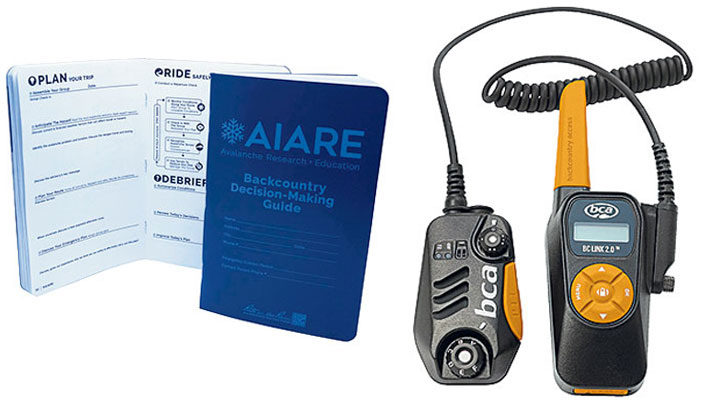An Avalanche Level 1 course can open up terrain options, but there’s still plenty more to learn about terrain and avalanche management. To help propel your knowledge to the next level, consider these five essentials to further off-piste proficiency and get you ready for the next stages of your education, from an Avalanche Level 2 or refresher course to becoming a mentor or even a guide.
Freeskier Dave Treadway dies in Pemberton, B.C. crevasse accident
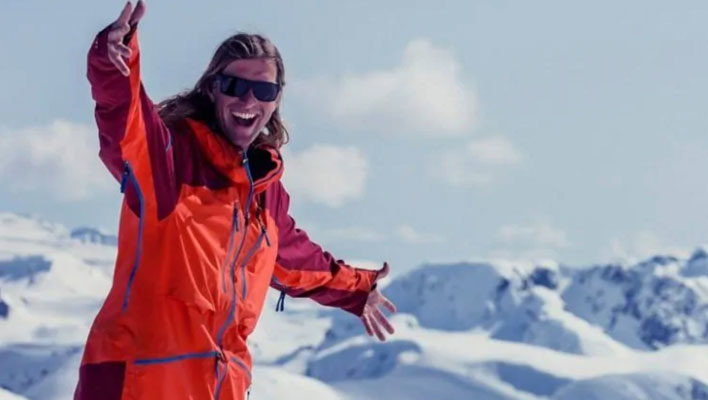
On Tuesday, April 15, Freeskier Dave Treadway, 38, died after sustaining injuries incurred from falling more than 90 feet into a crevasse in the Pemberton, B.C. backcountry.
Get The Gear: Five Out-Of-Bounds Essentials
Skier dies near Mt. Washington’s Tuckerman Ravine
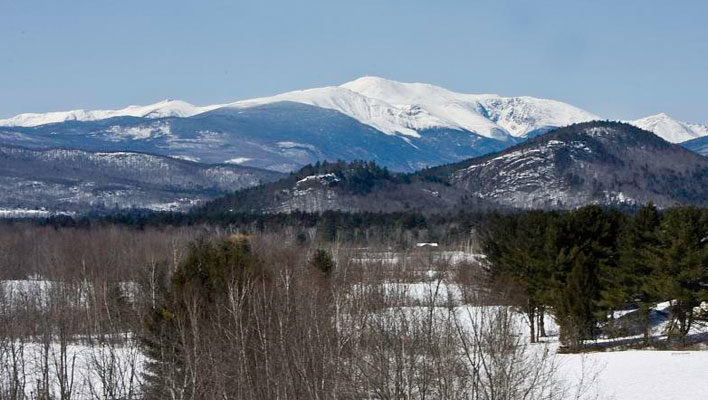
Yesterday, April 11, a skier was killed while descending New Hampshire’s 6,288-foot Mt. Washington. The accident occurred in an area referred to as Raymond Cataract, located to the northeast of Tuckerman Ravine. T
Get The Gear: Five essentials to get you to the skintrack
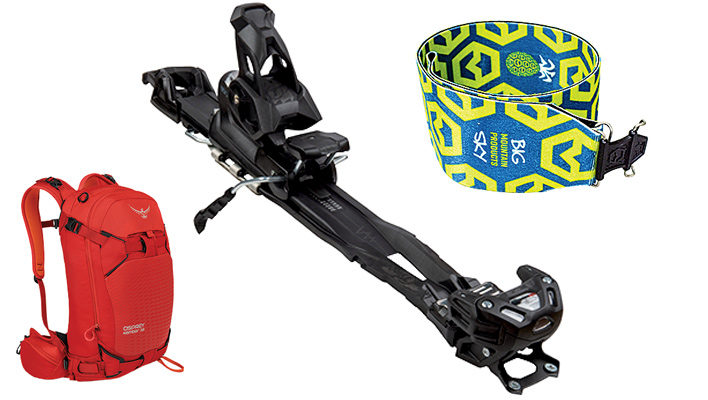
To help first-timers ascend and descend with ease, we’ve put together some gear selects that aid in making strides in the backcountry.
Evan Stevens’s Shared Knowledge
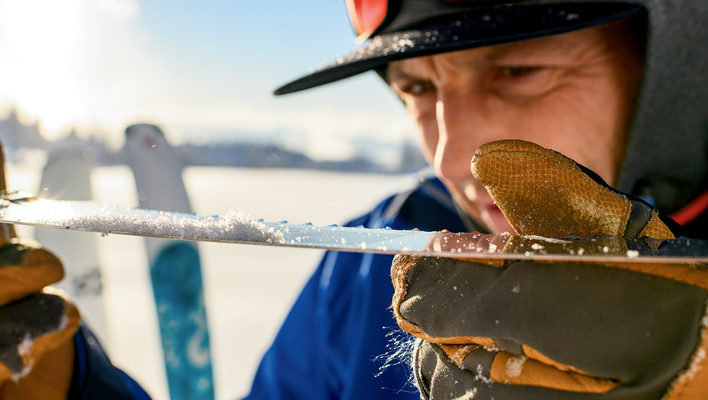
Internationally certified guide Evan Stevens, 40, is no stranger to academia. His interest in working in the mountains started with his undergraduate education, where he studied cartography and geographic information systems with a focus on avalanche science. He then applied his degree while working for five years with the Utah Avalanche Center before moving to British Columbia, where he now guides, teaches and oversees ACMG courses and exams.
Sheldon Kerr’s Constant Learning
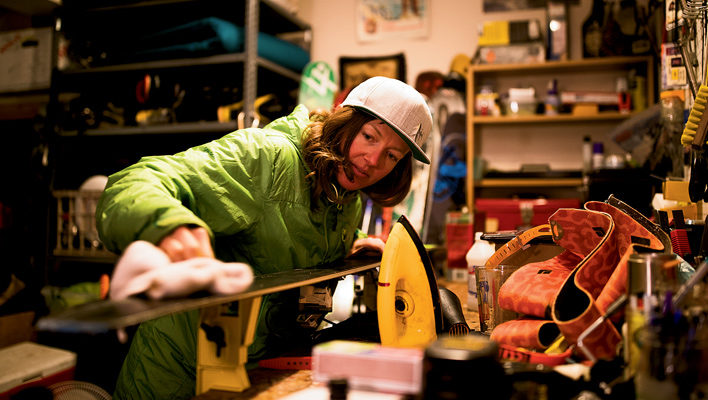
Ridgway, Colo. resident Sheldon Kerr, 33, is up front about her drive toward excellence. It’s that personality trait that’s motivated her to stay in the American Mountain Guides Association (AMGA) training program for a decade and to pursue becoming an internationally certified mountain guide.
Conor Hurley’s Workplace Passion

Conor Hurley, 38, didn’t always want to be a guide. Growing up in New Hampshire, he attended the University of New Hampshire before bringing his Vermont-based coffee-roasting business to Revelstoke, British Columbia, where he moved in 2007 in search of bigger mountains.
Holly Walker’s apprentice ski guide journey
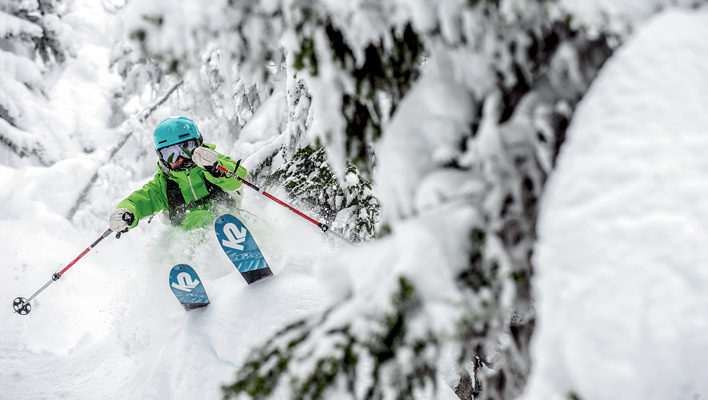
In February 2015, while skiing out of bounds in the Swiss Alps, Holly Walker was caught in an avalanche where she sustained a blown knee. During her recovery, she spent time processing her career, which, after college, landed her behind a desk and on British Columbia’s Whistler and Blackcomb ski patrols to satiate her need for mountain time.
2019 Skills Guide: The Level Four Experience

Been there, toured that. You’re the old dog, the seasoned pro, the one who most often calls the shots and who others look to on tour. Maybe your gear is top-of-the-line; maybe it’s ratty and worn from all those hundred-day seasons.



